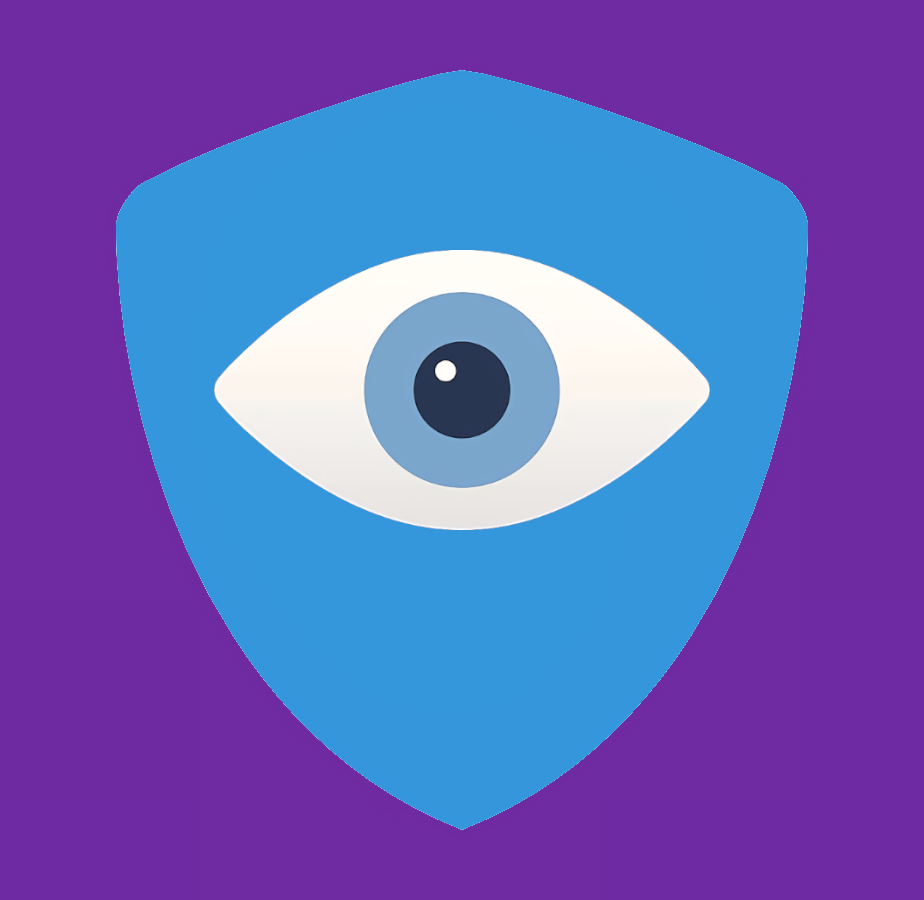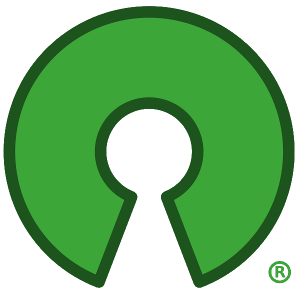As another solution, you could try Tuta Calendar. It’s not self hosted, but is free for one calendar. You will be able to access their WebUI and they have clients you can download too.
- 0 Posts
- 12 Comments
I hadn’t looked too much into Radicale, so thanks for the info. What is their second webUI you mentioned called? If you’re looking for an all in one server, Nextcloud may be your best option. Its a bit heavier though for just contacts and calendar. If you do go down this path, I’ve heard the docker AIO container is easier to maintain.
I briefly looked into the web client, and I don’t think it’s worth trying to self-host. There isn’t a docker image and the latest release on github is from 2020. If you need a web UI, I’d recommend using something else.
If you’d like a web UI too, Radicale may be a better fit and easier to set up. I tried it out briefly using docker compose.
I use the same etesync clients but link them to your own server, called etebase. There are a couple setup examples in the code, but if you’d like, I can share my docker/podman compose stack.
I haven’t set up the web UI to directly access items since I’m fine just using clients to sync and access items, so I haven’t looked into the web UI.
It’s not too hard to self-host too.

 2·10 days ago
2·10 days agoI assume it was the pound symbols so I removed them.

 3·10 days ago
3·10 days agoThe font size? Or the amount of text? The font size is normal for me.

 11·10 days ago
11·10 days agoGreat job on your journey! It sounds like you’ve made a lot of progress in the last 2 years.
Q1. I highly recommend OpenWRT. It runs on cheap hardware, is open source, and has a lot of options. I don’t have any strong recommendations for hardware, but I’ve seen people recommend the Flint 2 routers and they sometimes go on sale. Regarding remote access to your LAN, 2 common options are setting up a VPN (aka road warrior) for remote access and using Tailscale. If you’re not great at networking, I’d recommend setting up Tailscale. It can run on your router, or another always on computer like your Home Assistant machine. It’s not FOSS, but is easy to set up and I recommend it. You can always swap it out with something FOSS later on your journey. As a side comment, you may want to looking into running PiHole. I think it can run on an OpenWRT router if you’d like. This is a little advanced, but once you get set up and comfortable with your router, I highly recommend looking into VLANs (software setting on some routers like OpenWRT). I have a specific SSID that does not have external internet access. I put any questionable devices on that SSID/VLAN (like cameras, doorbells, IOT) so they are secure but I can still access it locally from my server. I make sure to only buy IOT devices that can work locally without internet.
Q3. For maps navigation, I use Magic Earth (not FOSS). For me, it’s the right balance of privacy and usability. For browsing google maps, you could check out GMaps WV which is basically a PWA (progressive web app) for Google Maps.
A couple questions are about GrapheneOS app strategy. My approach is:
- Main profile has only FOSS and privacy respecting apps enabled. I use a limited number of privacy abusing apps (e.g., Google Camera), but they do not have network permissions. In your case, you might use Nova launcher but block internet access using permissions.
- In my main profile, I install and then immediately disable privacy abusing apps that require network permissions. I then create a new profile for each app (e.g., 1 profile just for Lyft, 1 profile just for Southwest, etc.). I also have Orbot installed and disabled. I “install” these apps by editing the profile and “Install available apps” from my main profile to only install the app (e.g., Southwest) + Orbot (if I want to force it only use the Tor network).
- I like this approach because it makes app updates easy (I only need to update all apps from my main profile). It isolates apps, since apps can see what other apps are installed and there are risks to using “bad” apps in the main profile. It allows me to configure apps to only use Tor. It disables them when not in use since I set the profile to not run in the background. As a side benefit, it makes it more difficult for me use these privacy abusing apps so it incentives me to use FOSS and privacy apps instead.
Q6. Reolink + Frigate is commonly recommended, but I’d be careful before starting that project. Frigate is one of the more difficult items to self-host for new people, especially if you want to make sure the camera is on a restricted VLAN.
Q11. You could also look at lawnchair launcher, but it hasn’t been updated in a while.
Q12. I like the GrapheneOS keyboard, but I use the FUTO Voice Input with it. That is a separate app from the FUTO keyboard. I make sure the network permissions are disabled on the FUTO Voice Input.

 7·1 year ago
7·1 year agoI just started using it but I made a mistake on one of my submissions. Is there any way to undo or edit a submission made in the app?
Edit: There is an undo button on the bottom left in the app.
Latency tested using librespeed.org is about 50 ms.
What is the battery life?